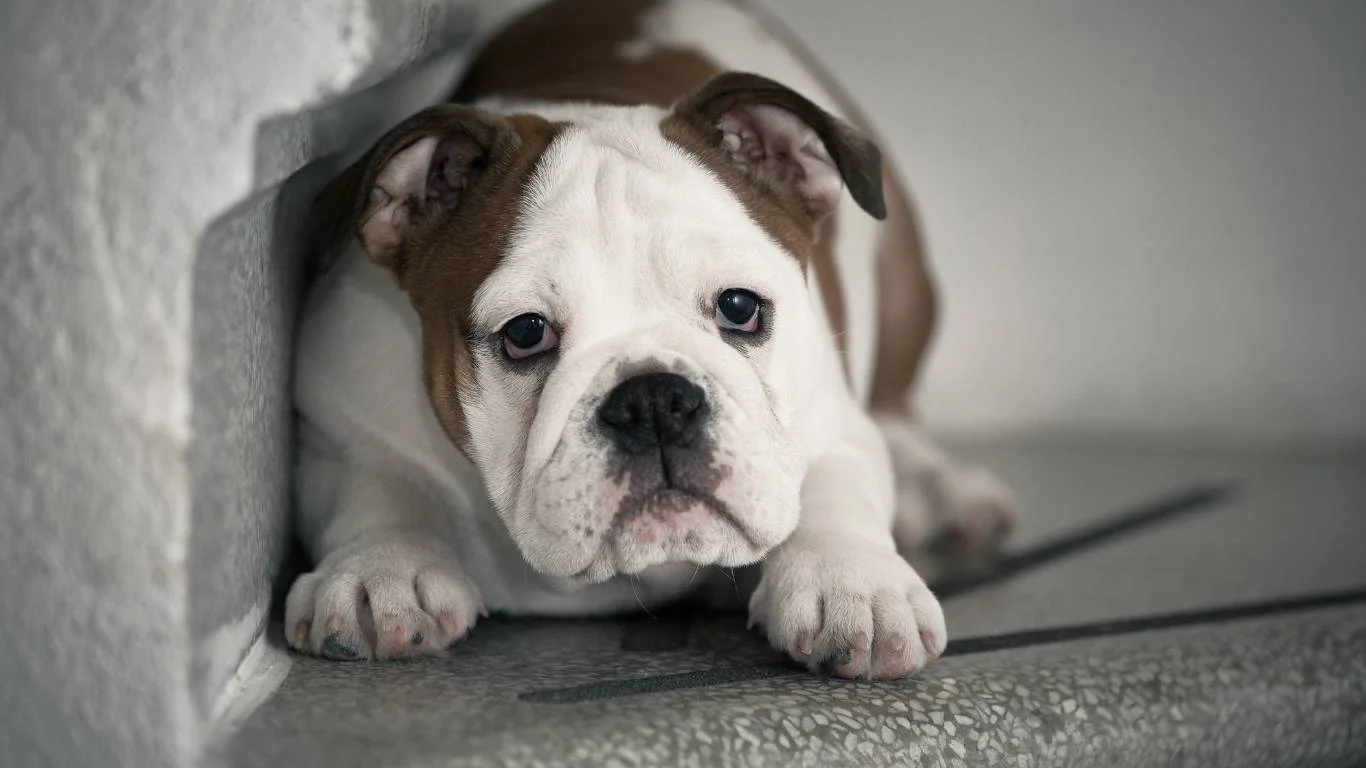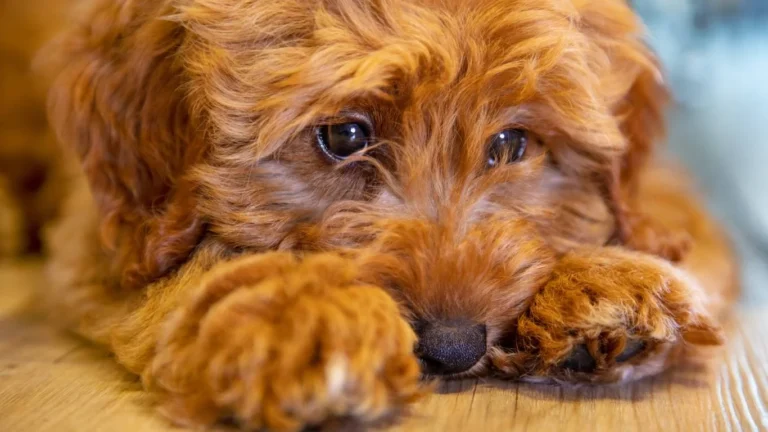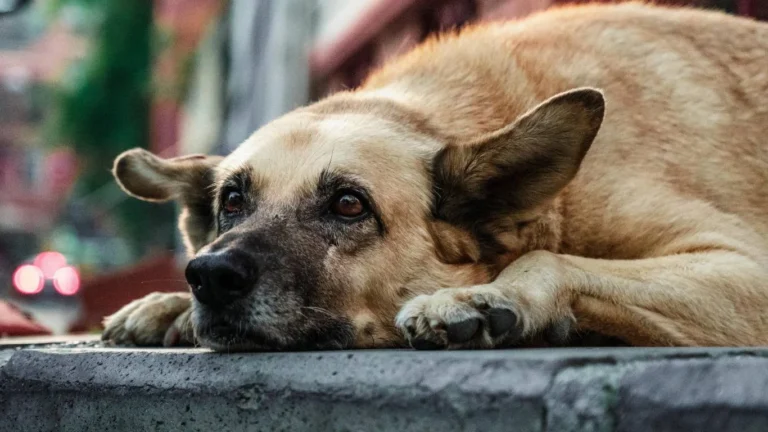How to Help Your Dog Recover After Surgery: Proven Tips That Actually Work
If you’re here because you’re wondering how to help your dog recover after surgery, you’re in the right place. As someone who’s worked as a Veterinary Assistant with a nutrition focus, I’ve had my fair share of recovery journeys with pups of all sizes and temperaments. Trust me, the healing phase can be just as intense as the surgery itself—for both the dog and the owner. I’ve been in those exam rooms, post-op, explaining the dos and don’ts to worried pet parents while trying to wrangle a groggy Labrador who just wanted to bolt out the door. It’s a lot. So let’s break it all down in a real, straightforward way, using both science and real-life tips I’ve seen work firsthand.
Understanding the Post-Surgery Recovery Window

Every dog is different, but most surgeries follow a basic healing timeline. Within the first 24 to 72 hours, your pup will be groggy, possibly nauseous, and probably not themselves. After that, things start looking up—but they still need time. The typical recovery period can range from 10 days to several weeks, depending on the type of surgery and your dog’s age, breed, and overall health. Orthopedic surgeries like TPLO? Longer. Simple spay or neuter? Quicker. But regardless, this is where your role becomes crucial.
Recognizing the “Red Flags” Early
It’s normal for your dog to seem tired or off for the first day or two. But if you notice:
- Excessive swelling or redness at the incision site
- Oozing or foul-smelling discharge
- A sudden spike in lethargy after initial improvement
- Refusal to eat or drink for more than 24 hours
Call your vet immediately. Don’t Google it for two hours first (guilty as charged). Your vet would rather you overreact than wait too long.
Creating a Calm Healing Environment at Home
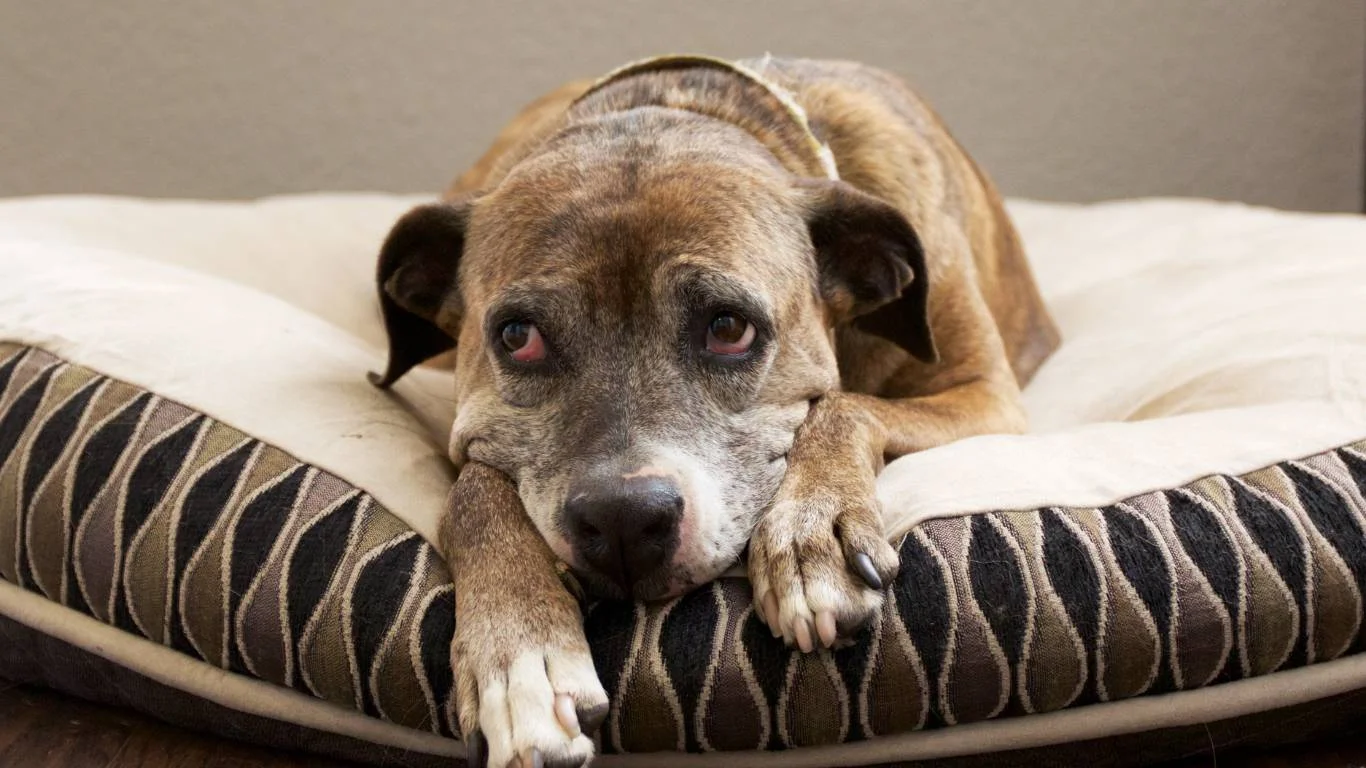
Imagine trying to recover from surgery while people are blasting the TV, kids are chasing each other, and another pet keeps trying to play. Not ideal, right? Dogs need quiet, calm, and structure when they’re healing. One of the first things I recommend—both in clinic and to my own clients—is setting up a designated recovery zone. This can be a small room, a cozy crate, or even a blocked-off area in your living room.
Essentials for a Dog Recovery Space:
- Non-slip bedding — something soft but not so plush they sink into it. Orthopedic beds work great.
- Limited mobility — use baby gates or playpens to keep them from wandering or using stairs.
- Low stress environment — keep the area quiet, dimly lit, and avoid unnecessary noise.
- Comfort items — familiar toys (non-chewable), an unwashed t-shirt of yours, maybe a calming scent diffuser made for dogs.
I’ve seen even the most high-strung dogs settle down when they’re given a familiar, low-stimulus place to heal. One older Husky mix I helped care for absolutely refused to rest until we moved his bed into the laundry room—his safe place during thunderstorms. Once there, he slept for 12 hours straight.
Feeding for Recovery: Nutrition Matters
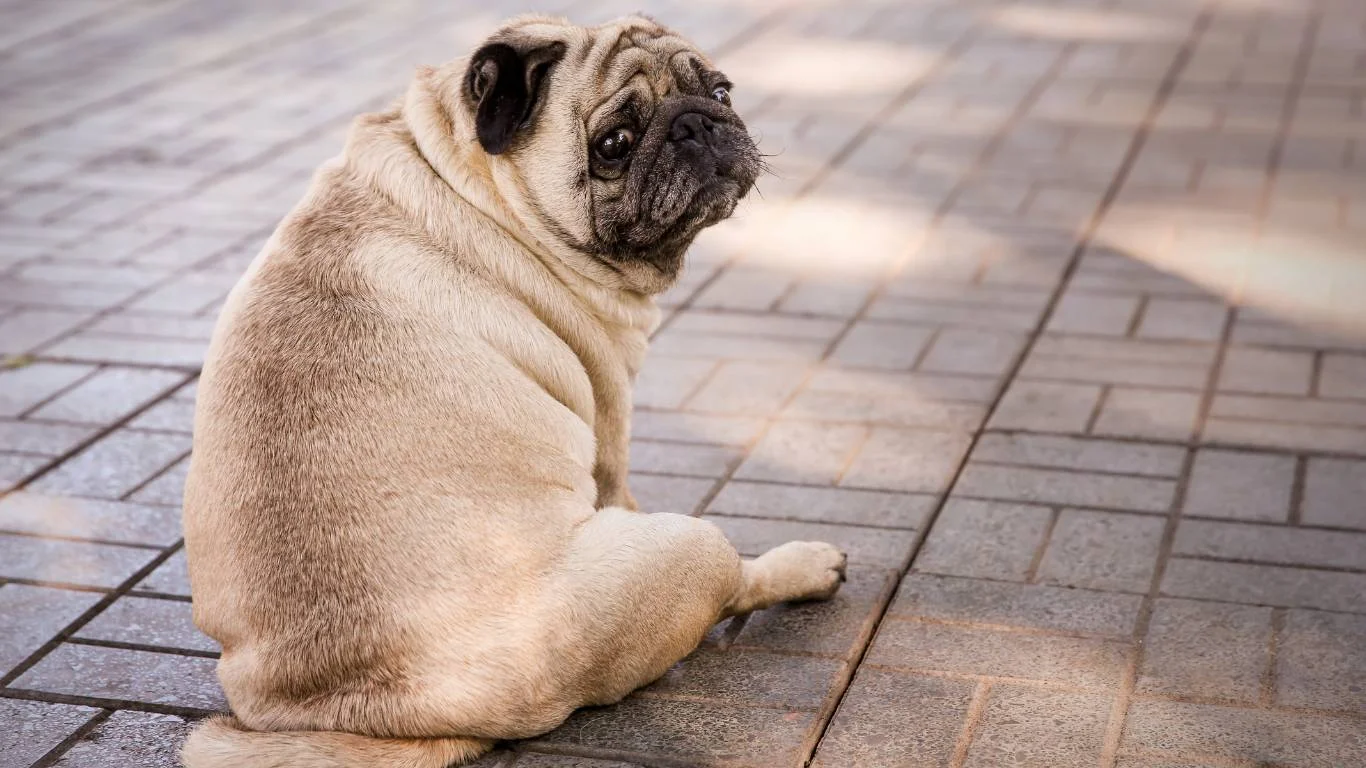
Okay, this is my jam—nutrition! Feeding your dog the right foods post-surgery can seriously speed up recovery. After surgery, their body is working overtime to repair tissue, fight off infection, and regain strength. That means more demand for protein, vitamins, antioxidants, and hydration.
What I Recommend (From Real-Life Experience):
- High-protein, easily digestible meals — Boiled chicken and rice are the go-to, but there are also commercial post-surgery diets your vet can recommend.
- Omega-3 supplements — Great for inflammation. I like fish oil capsules made for pets (they usually don’t mind the taste).
- Hydration boosters — Bone broth (low sodium!) or even a splash of unseasoned chicken broth in water can encourage them to drink more.
- Probiotics — Surgery, stress, and meds like antibiotics can mess with gut flora. A pet-formulated probiotic can keep things regular and reduce upset stomach.
One tip I often give is to hand-feed at first. Not forever, just in the early days. It builds trust and helps you monitor how much they’re actually eating. I did this for a senior Spaniel after a dental extraction, and it was the only way we got him to eat that first day. His tail wagged just enough to let us know we were on the right track.
Managing Pain and Medications the Right Way
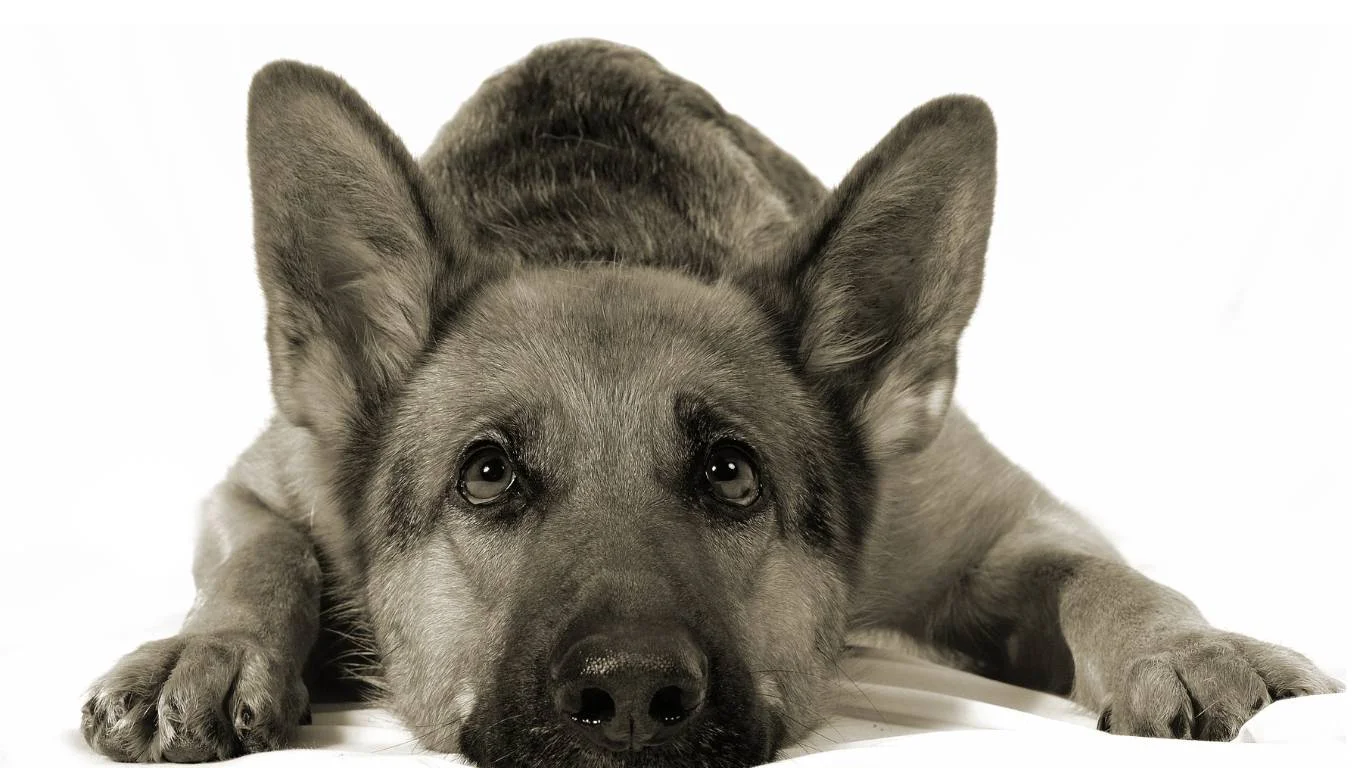
One of the most important ways to help your dog recover after surgery is to stay on top of their meds. I can’t tell you how many pet parents I’ve seen come back for a follow-up because their dog seemed “off”—only to realize they skipped a pain med dose or tried to wean them off early. Trust me, your pup isn’t trying to be dramatic. They’re genuinely uncomfortable.
Veterinarians typically send home a cocktail of meds—pain relievers, antibiotics, and sometimes anti-inflammatories or sedatives. Don’t try to play vet and adjust the dosages on your own. I’ve had to talk down well-meaning owners who thought, “She seems fine now, maybe she doesn’t need that Rimadyl anymore.” But just because your dog isn’t yelping doesn’t mean they’re pain-free.
Tips for Medication Success
- Use a schedule or reminder app — Something as simple as your phone alarm helps a ton.
- Pill pockets or cheese — Game changers if your dog’s picky.
- Watch for reactions — Diarrhea, vomiting, or extreme lethargy after a new med? Call your vet right away.
- Never use human meds — No Tylenol, no Advil, not even baby aspirin without vet approval. It’s not worth the risk.
One older Beagle I worked with actually ended up staying overnight post-op simply because the owner panicked over the medication routine. We walked through it together, wrote everything down, and even practiced with treats before she left the next morning. Small stuff like that makes all the difference.
Keeping Them Mentally Stimulated Without Overdoing It
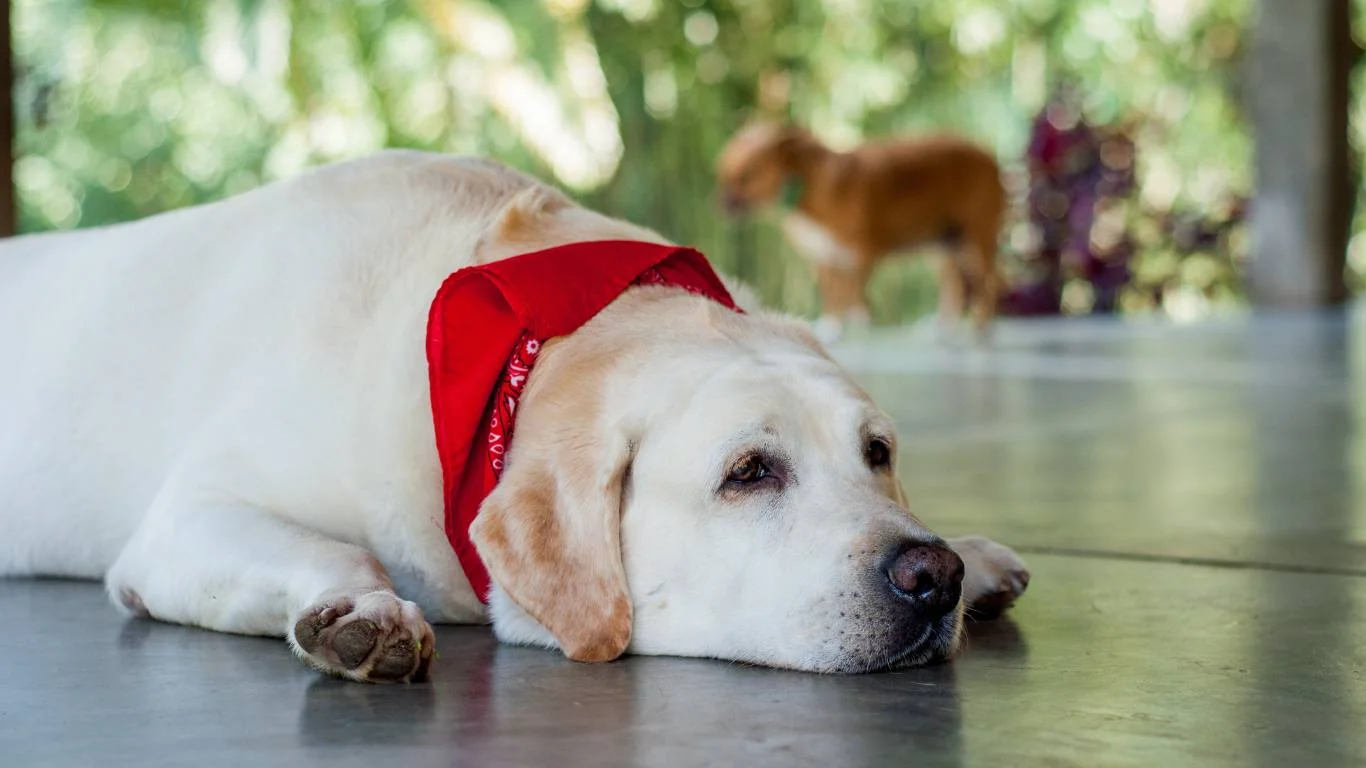
Let’s be real—dogs don’t understand why they can’t chase the squirrel, jump on the couch, or wrestle with the neighbor’s dog like usual. Once the pain starts to fade, boredom can kick in fast, especially in younger or high-energy breeds. And a bored dog in recovery? That’s an injury waiting to happen.
So what do you do when your dog’s brain is buzzing but their body needs to rest?
Low-Energy Mental Activities That Actually Work:
- Snuffle mats — Scatter a few pieces of kibble or treats and let them “hunt” gently.
- Lick mats — Smear on some peanut butter (xylitol-free!) or plain Greek yogurt and let them enjoy it slowly.
- Frozen Kong toys — Great for calming them down and lasting longer.
- Training sessions — Yup, even “watch me” or “stay” exercises can wear them out mentally.
With a Golden Retriever I helped post-knee surgery, we created a daily “brain break” routine that didn’t involve movement. We used puzzle toys, nose work games, and verbal praise. Not only did she stay calmer, but it helped strengthen her trust in her humans while she couldn’t physically do much else.
Limiting Movement Without Making Life Miserable
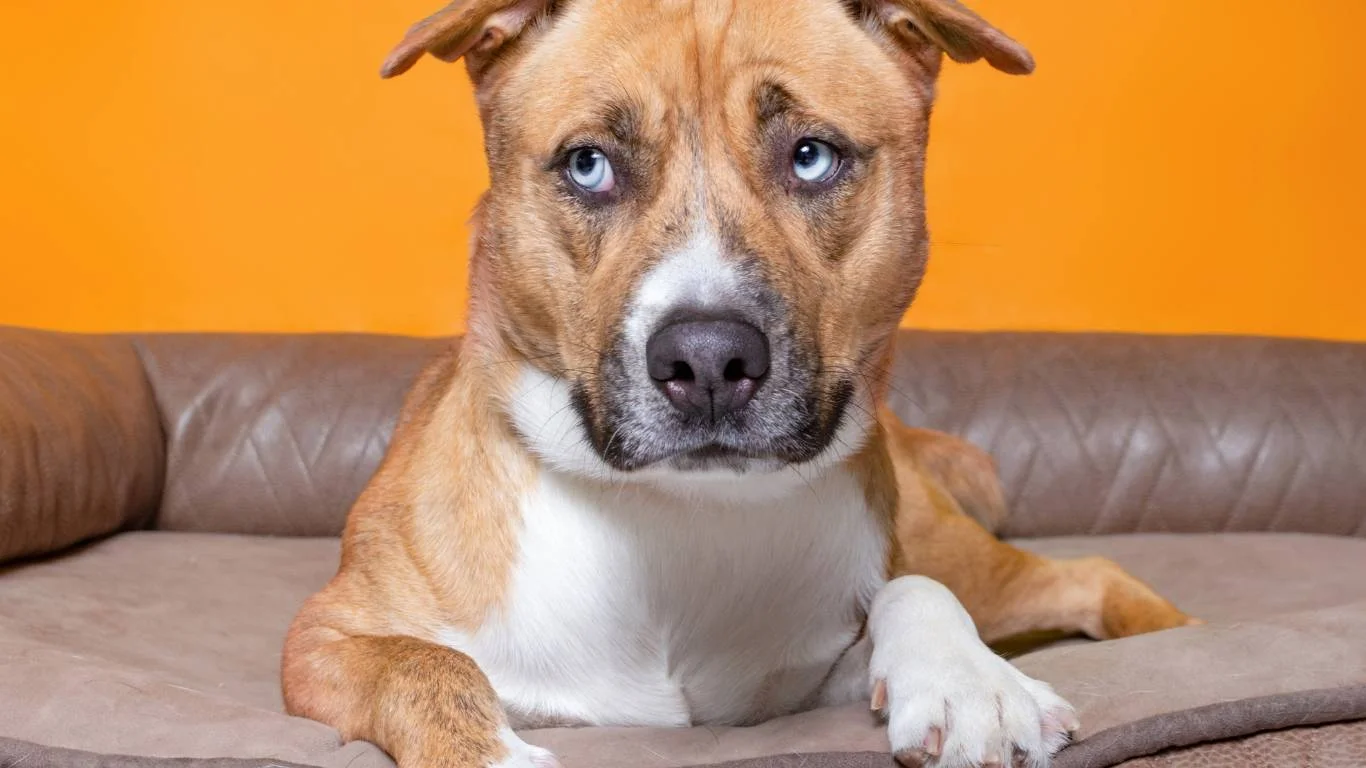
This one’s huge. And honestly, one of the hardest parts of the process. How do you keep your dog from jumping, running, or licking their incision site without driving everyone in the house nuts? I’ve seen even chill dogs go stir-crazy when you try to restrict them too much without any enrichment or change of scenery.
What Works in Real Life (Not Just on Paper):
- Cones or recovery suits — Some dogs hate cones, but suits or soft cones can be more tolerable and just as effective.
- Leash-only bathroom breaks — No off-leash “just real quick” trips in the yard. They’ll see a bird and forget everything.
- Crate rotations — Let them out in short, supervised bursts to avoid them going stir-crazy in confinement.
- Daily vet-approved progress checks — Snap pics of the incision daily and compare. If something looks off, send it to your vet before it becomes a big deal.
One family I worked with had a young Border Collie recovering from abdominal surgery. They ended up hanging out with him in a large dog playpen area in their living room, turning it into a sort of bonding space instead of a punishment zone. They even put a little Bluetooth speaker nearby and played classical music. It calmed everyone down.
Bottom line? Your dog’s going to need both physical and emotional support to recover safely. It’s not just about keeping them still—it’s about keeping them comfortable, calm, and connected to you.
Physical Therapy & Gentle Movement: When and How to Start
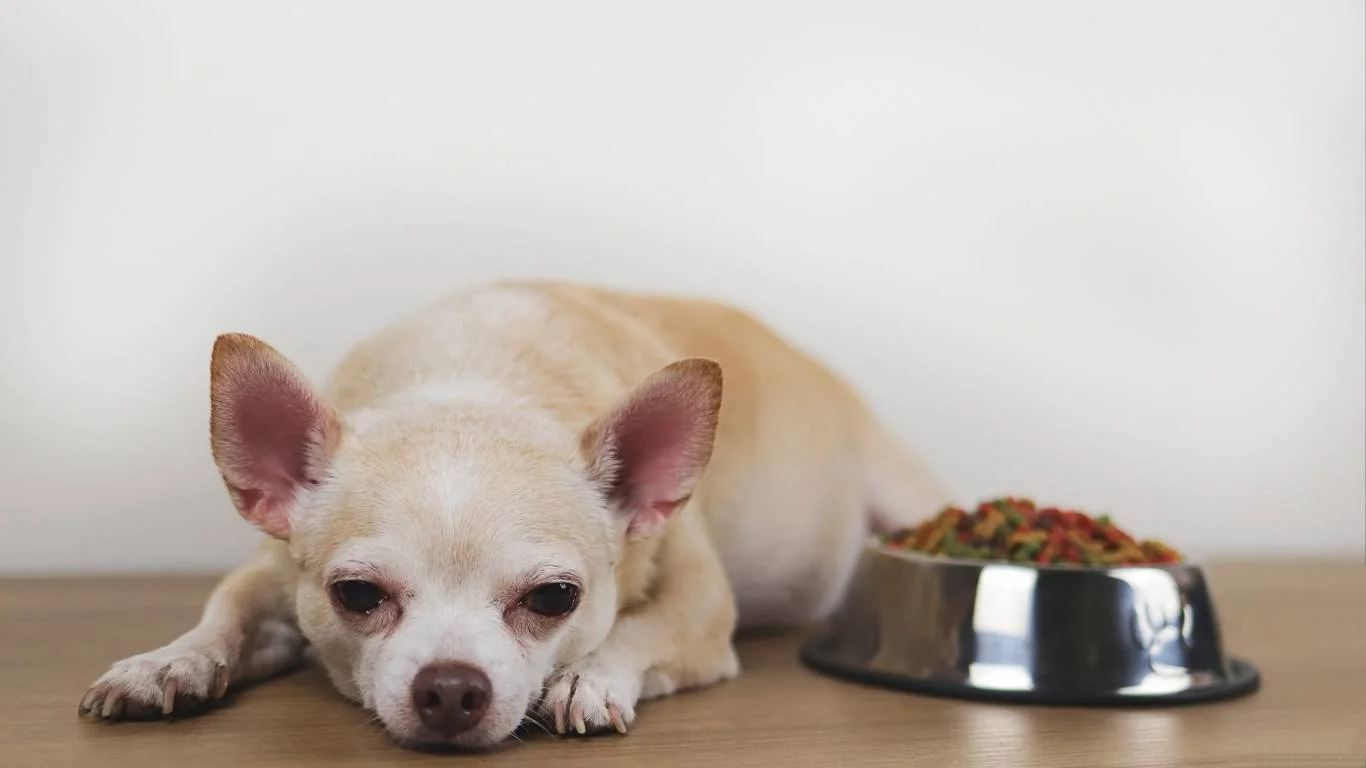
Once your pup has cleared the initial post-op phase, you might start wondering, “When can we start moving again?” The answer? Slowly and under guidance. Depending on the type of surgery, your vet may recommend introducing canine physical therapy—also known as rehab—to help your dog regain strength, mobility, and confidence.
In my experience, even basic passive range of motion (PROM) exercises can make a big difference. These involve gently flexing and extending your dog’s joints to prevent stiffness and promote circulation. But always check with your vet before starting any exercises.
Common Canine Rehab Techniques:
- Hydrotherapy: Water-based exercises like swimming or underwater treadmill sessions reduce joint stress while building muscle. Great for dogs recovering from orthopedic surgeries. Learn more about canine hydrotherapy.
- Massage therapy: Helps relieve muscle tension and improve blood flow. I’ve seen anxious dogs visibly relax during a gentle massage session.
- Balance and coordination exercises: Using tools like wobble boards or physio balls to rebuild stability and strength. These are especially helpful for dogs recovering from neurological surgeries. More on canine physical therapy.
Remember, every dog heals at their own pace. I once worked with a senior Labrador who took a few extra weeks to regain full mobility after a knee surgery. Patience and consistency were key to his successful recovery.
Monitoring Progress and Knowing When to Call the Vet

Keeping a close eye on your dog’s recovery is crucial. While some signs of healing are expected, others may indicate complications. Here’s what to watch for:
Positive Signs:
- Gradual increase in energy levels
- Improved appetite and hydration
- Incision site looks clean and is healing well
Red Flags (Contact Your Vet):
- Persistent swelling, redness, or discharge from the incision
- Fever or lethargy beyond the initial recovery period
- Loss of appetite for more than 24 hours
- Difficulty breathing or signs of pain (whining, limping)
It’s better to err on the side of caution. I recall a case where a minor infection was caught early simply because the owner noticed a slight change in the incision’s appearance. Prompt action can prevent more serious issues.
Emotional Support: The Healing Power of Love
Never underestimate the role of emotional support in your dog’s recovery. Your presence, voice, and touch can provide immense comfort. Spend quality time with your pup—read a book aloud, watch TV together, or simply sit beside them. These moments can ease anxiety and promote healing.
In one memorable instance, a nervous rescue dog found solace in her owner’s old sweatshirt placed in her recovery crate. The familiar scent helped her feel secure and relaxed during her healing process.
References
- VCA Hospitals: Post-Operative Instructions in Dogs
- PetMD: Dog Surgery Aftercare FAQs
- Wikipedia: Canine Physical Therapy
- Wikipedia: Canine Hydrotherapy
Disclaimer
This article is based on my personal experiences as a Veterinary Assistant with a focus on nutrition. It is intended for informational purposes only and does not substitute professional veterinary advice. Always consult your veterinarian for guidance tailored to your dog’s specific needs and circumstances.
